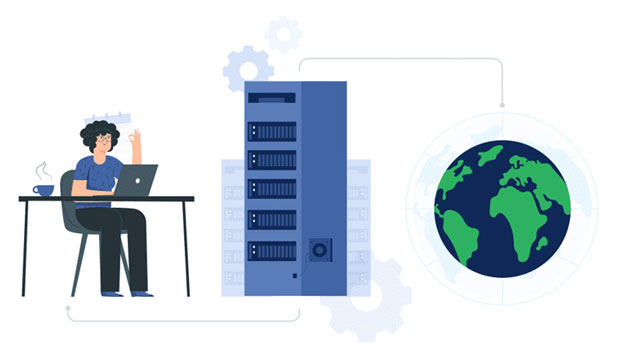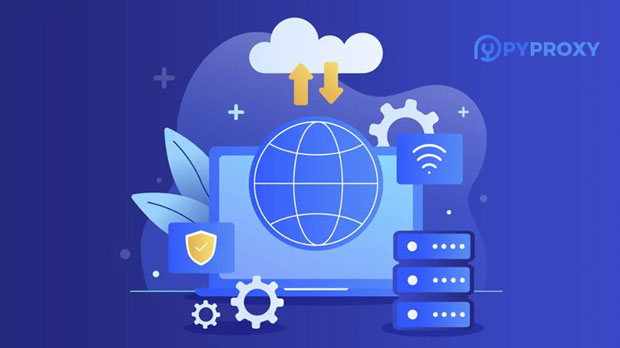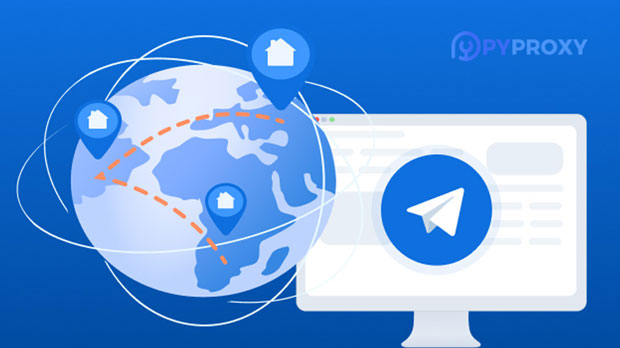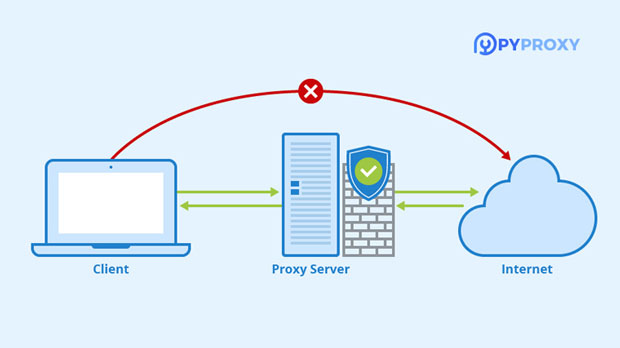What is the difference between paid high speed SOCKS5 proxy and free service?
When it comes to using socks5 proxies, users often face the dilemma of choosing between paid high-speed services and free alternatives. Both options provide a method to route internet traffic through an intermediary server, but there are significant differences in performance, security, reliability, and overall experience. Paid high-speed SOCKS5 proxies offer guaranteed performance, faster speeds, and higher privacy standards. In contrast, free SOCKS5 proxies often come with limitations such as slower speeds, frequent downtime, and questionable security. Understanding these differences can help users make an informed choice based on their needs, whether it's for streaming, web scraping, or maintaining anonymity online. Below, we dive deeper into the core differences between paid and free socks5 proxy services. 1. Performance and SpeedThe most significant difference between paid high-speed SOCKS5 proxies and free proxies lies in performance and speed. Paid services invest in high-quality infrastructure, ensuring that users can access fast and stable connections without interruptions. These proxies often have servers in multiple locations, enabling users to select the one that provides the best performance based on their geographical location.On the other hand, free SOCKS5 proxies are often overburdened due to a large number of users relying on limited resources. This results in slower speeds, especially during peak times when many users are online. Free proxies also lack advanced optimization technologies that could improve speed and reduce latency. For users who require fast and uninterrupted browsing or data scraping, the difference in speed between paid and free services is often stark.2. Security and PrivacyAnother key difference between paid and free SOCKS5 proxies is the level of security and privacy they offer. Paid SOCKS5 proxies are typically associated with higher encryption standards, ensuring that users' data remains protected while in transit. Providers of paid services often go to great lengths to maintain anonymity, with additional features like no-log policies, secure tunneling, and support for advanced authentication methods.Free proxies, however, are notorious for their questionable privacy practices. Many free proxy providers may log user activity or sell user data to third parties. Since free services are often supported by ads or by sharing user data, users may find their online activities exposed. This poses significant risks for anyone concerned with maintaining privacy or anonymity online, particularly when engaging in sensitive activities such as financial transactions or browsing private information.3. Reliability and UptimeReliability is another crucial factor that differentiates paid high-speed SOCKS5 proxies from free alternatives. Paid services tend to offer reliable, consistent uptime with well-maintained servers. Users can expect minimal downtime and quick response times in case of issues. Most reputable paid proxy services offer customer support and monitoring to ensure that users experience minimal disruption.Free SOCKS5 proxies, however, often suffer from unreliable connections. Since free services are typically maintained by volunteers or enthusiasts with limited resources, the infrastructure may not be as robust or reliable. Servers may frequently go down or experience disruptions, making free proxies less dependable for critical tasks that require stable connections. Users may also encounter a lack of customer support, leaving them without assistance if problems arise.4. Server Locations and OptionsPaid SOCKS5 proxy services usually provide a broad range of server locations across various countries and continents. This wide selection allows users to access geo-blocked content, bypass regional restrictions, and improve connection speeds by choosing the closest server. Additionally, paid services may allow users to choose from various server types, such as dedicated or shared proxies, based on their specific needs.In contrast, free proxies typically have limited server options. Users may only have access to a handful of servers, often located in a single region. This limitation not only affects performance but also restricts access to content that may be locked to specific countries. Free SOCKS5 proxies often struggle to offer the geographical variety and flexibility that paid services can provide.5. Customer Support and AssistancePaid high-speed SOCKS5 proxies generally offer customer support services, including live chat, email, or ticket-based systems. This can be particularly important for users who rely on proxies for business or professional tasks. Having access to timely and knowledgeable support helps resolve issues quickly and ensures that users can maintain their workflows without unnecessary interruptions.Free proxy services, on the other hand, typically lack customer support. Since many free services are run by individuals or small teams with limited resources, users may find themselves without assistance when technical issues arise. Additionally, free proxies are not often updated or maintained regularly, which can lead to unforeseen problems that go unaddressed.6. Usage Limits and RestrictionsPaid SOCKS5 proxies usually come with clear and generous usage limits. These services often offer unlimited bandwidth and allow users to access proxies for extended periods without encountering any restrictions. This makes paid proxies ideal for data-intensive tasks such as web scraping, gaming, or streaming high-definition content.Free proxies, however, often come with various usage limits. These can include bandwidth caps, daily or monthly limits on usage, or restrictions on the number of simultaneous connections. Free proxies are designed to offer limited functionality, making them unsuitable for tasks that require extensive bandwidth or long periods of use. These restrictions can be frustrating for users who need more robust performance and flexibility.7. Cost and ValueOne of the primary reasons users opt for free SOCKS5 proxies is the cost, or lack thereof. Free proxies do not require any financial commitment, which is appealing for individuals who need a proxy for short-term or occasional use. However, when considering the overall value, free proxies often come with hidden costs. These can include security risks, slower speeds, unreliable performance, and a lack of customer support. These drawbacks may make free proxies unsuitable for long-term or business-critical use.Paid SOCKS5 proxies, though they require a financial investment, offer significantly better value for users who need a consistent, high-quality service. The cost of a paid service typically reflects the investment in infrastructure, security, and customer support, which can be critical for users who rely on proxies for business, research, or sensitive activities. For these users, the value of a paid service often outweighs the initial cost.ConclusionIn summary, while both paid high-speed SOCKS5 proxies and free services offer ways to route internet traffic, the differences in performance, security, reliability, and support are substantial. Paid proxies provide higher speeds, better security, consistent reliability, and a more professional experience overall. Free SOCKS5 proxies, on the other hand, come with limitations in speed, reliability, and security, making them less suitable for users who require a dependable and private browsing experience. Understanding these differences helps users select the appropriate service based on their specific needs, whether for personal or professional purposes.
2025-01-08

























































